Adele 25 Stage
Ground breaking stage design for the cross continent finale of Adele’s ‘25’ album world tour.
OPS took on the project with just a 4 month period for design and manufacture, working closely with our Client, Star Events, and the fabricators to manage the ever changing and demanding design brief to achieve an efficient and elegant structural solution with sustainable legacy use at its heart.
Using the stage in different countries meant that multiple versions of the design had to be completed to applicable regional codes and for the USA, in both metric and imperial units.
Designing several bespoke features, whilst maintaining in-built compatibility with existing truss stock for legacy use, we were able to minimise work at height, create unobstructed views by negating the use of traditional bracing and maximise logistical efficiency through containerised transportation.
As a result, construction of the system could be completed in under 24 hours and deconstruction in under 12 hours, a massive feat for a demountable structure of such scale.
Awards: The Structural Award for Small Projects (£1-3 million) (2017)
Client: Star Events Ltd.
Location: Australia, New Zealand, USA & UK
Architect: Star Events Ltd.
Structural Engineer: OPS Structures Ltd
Completed: January 2017

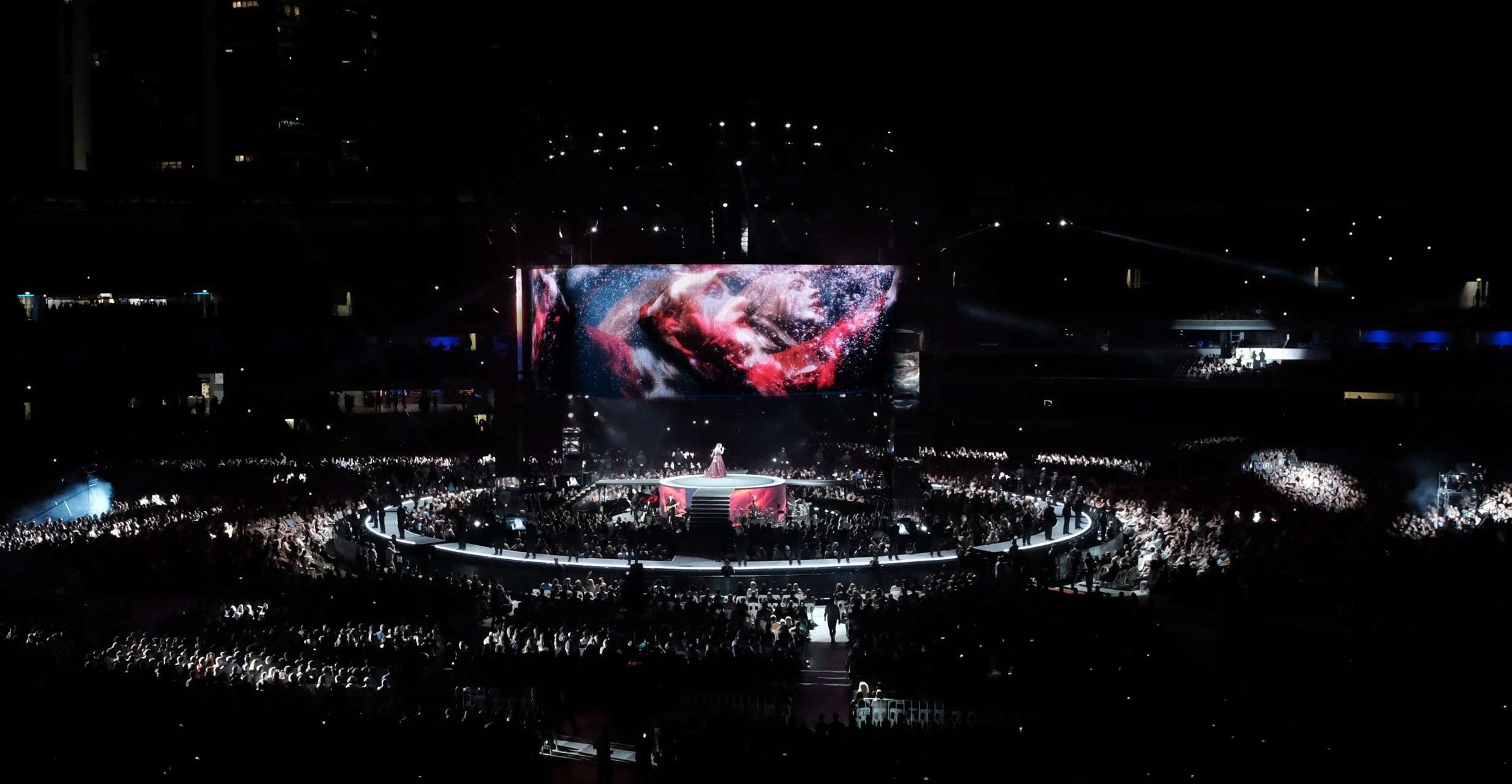

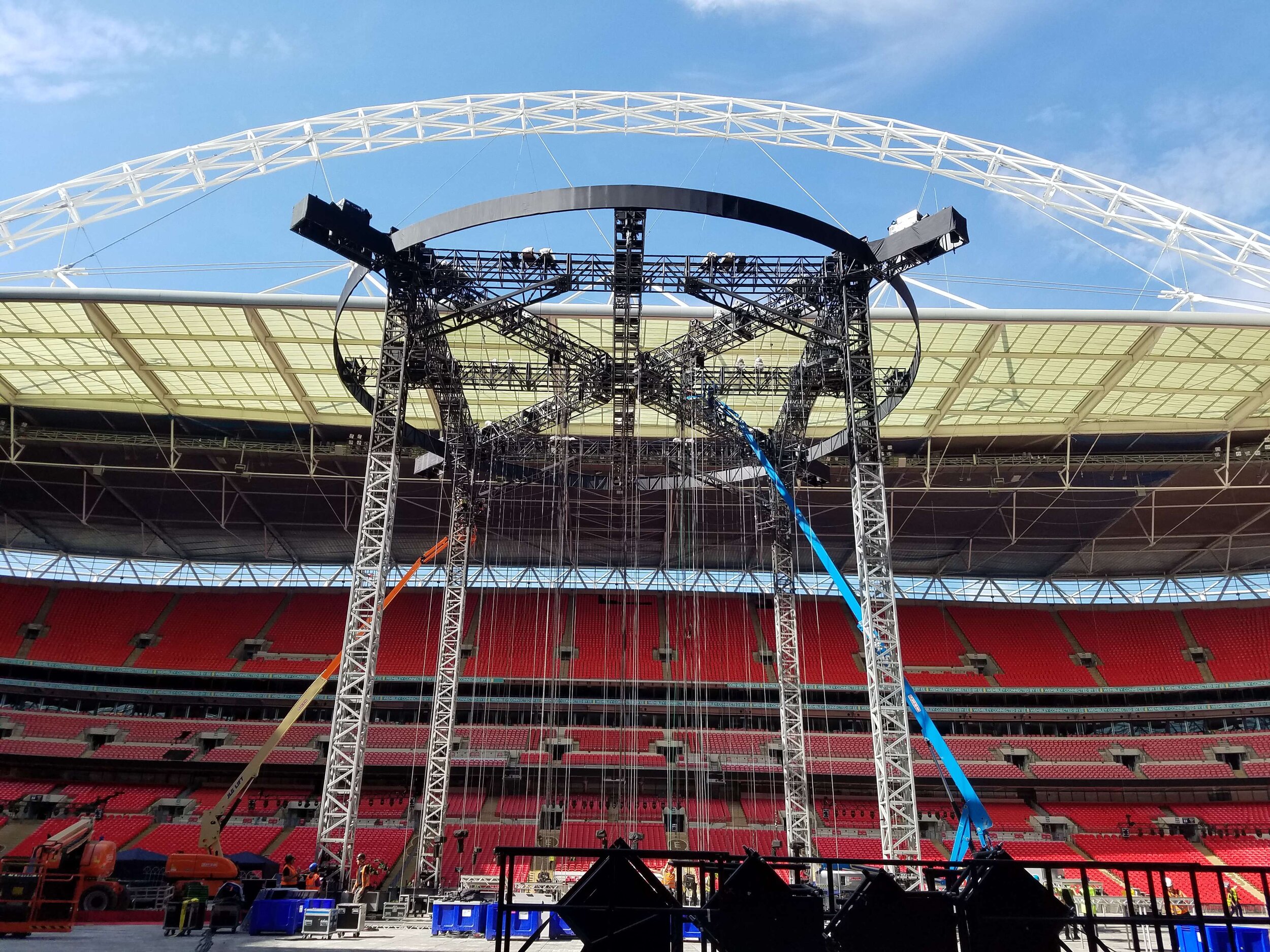

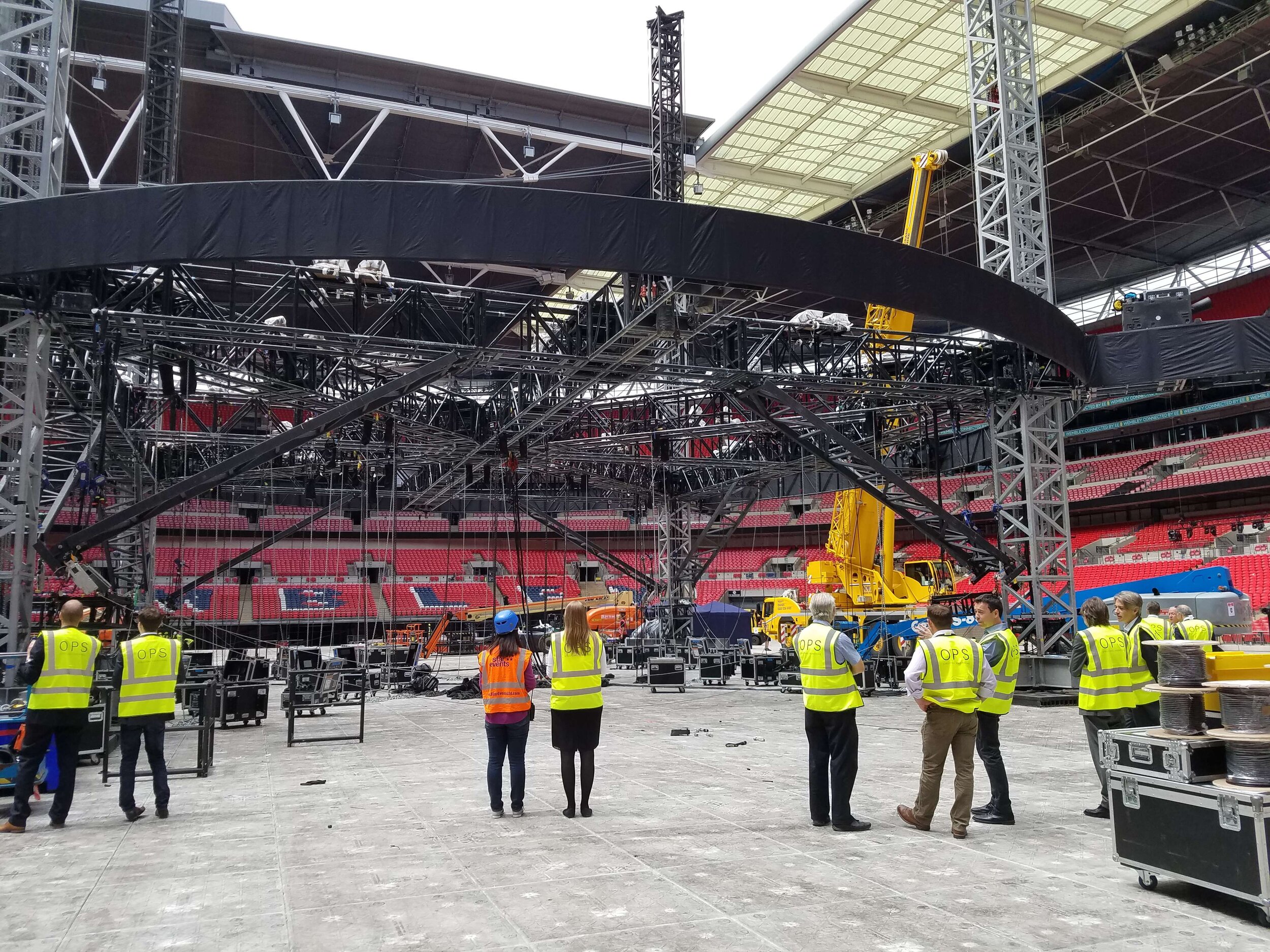
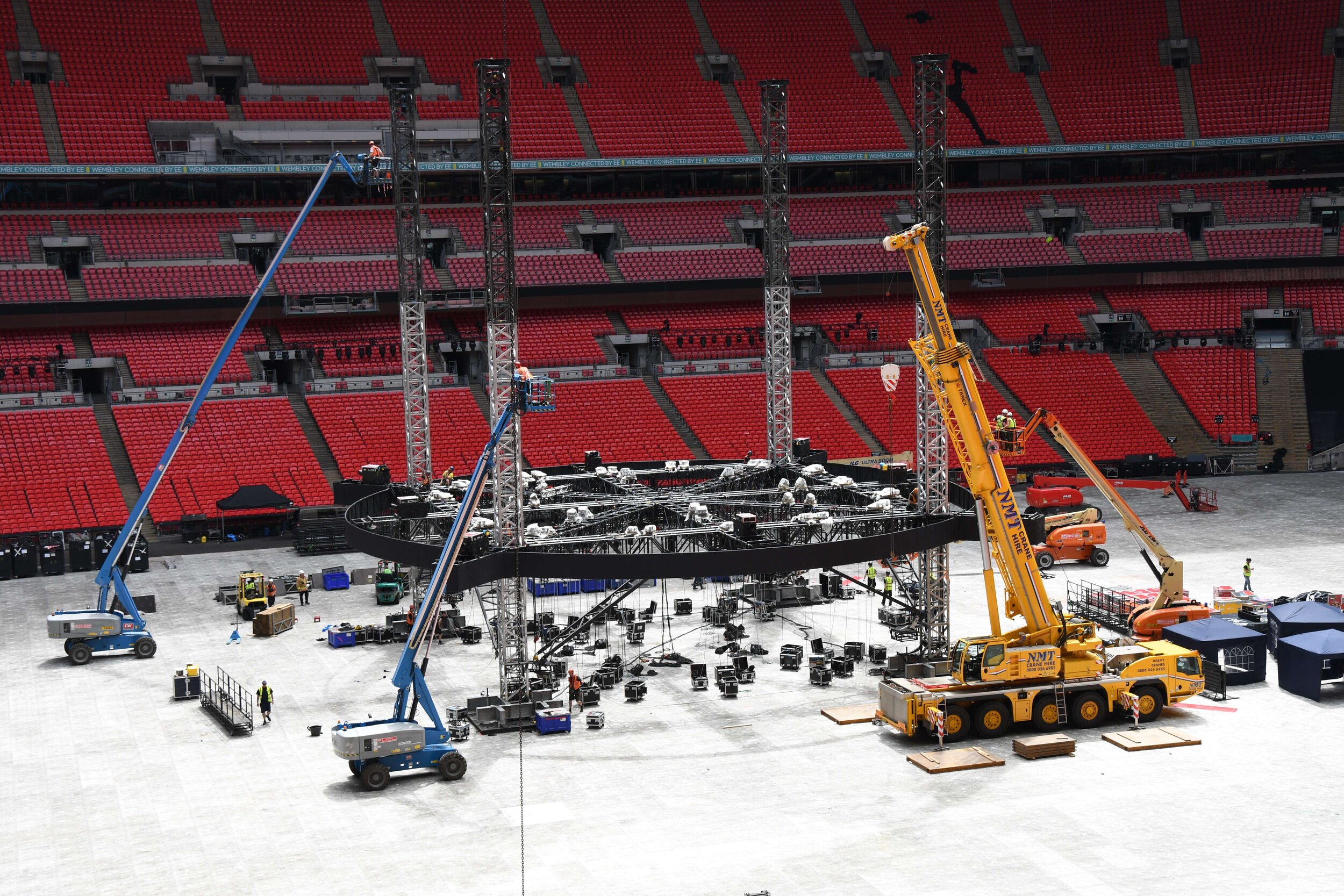
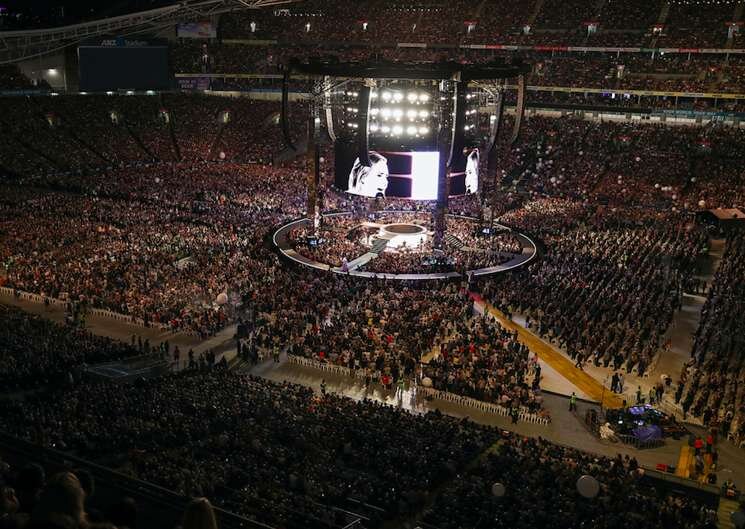
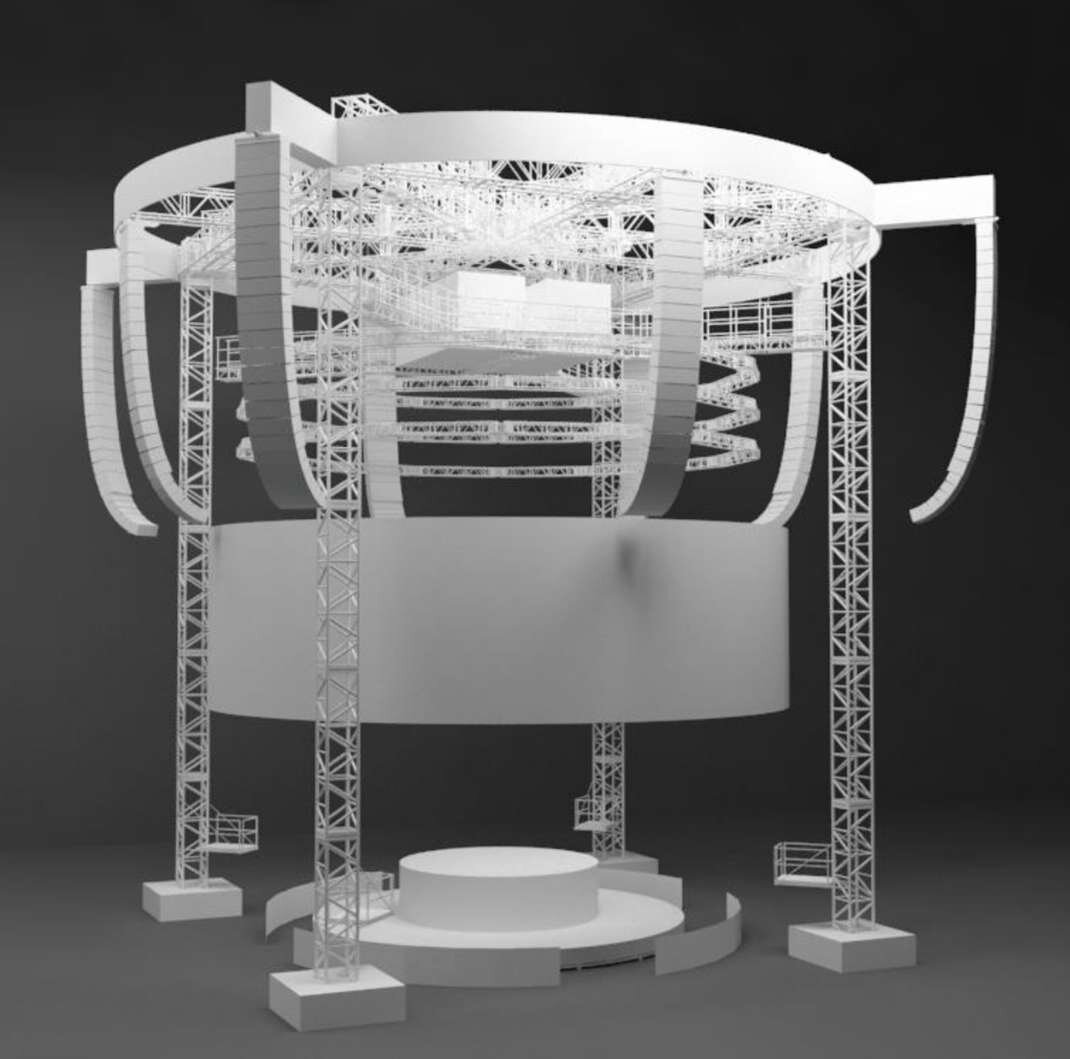
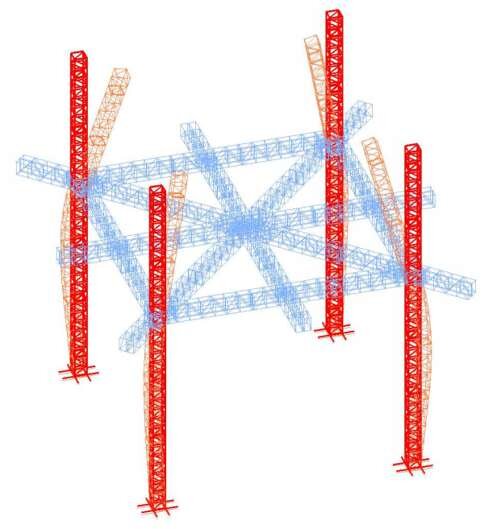
+ The Structural Award for Small Projects (£1 to 3 million)
The innovative nature of the structure was recognised at the prestigious IStructE Structural Awards in 2017, taking home an award recognising OPS's work on the structure. The judges made the following comments:
The Adele 25 Stage exposes and celebrates the role of the structural engineer to the public through its use as a performance venue for several concerts throughout Australasia. This tall and significant structure has arrived out of many different drivers and constraints and provides largely unobstructed views through exclusion of traditional bracing.
Tall unbraced structures such as this one require careful consideration for stability design, especially when they are erected quickly and in many different locations. The engineering took account of the vast constraints and design drivers to produce a safe, efficient, elegant and reusable structure. The adaptability in its design allows it to be used in different countries, taking account of change in environments, multiple design code requirements and variable foundation and support conditions. It is also designed to be easily transportable and reusable, and easy and fast to construct, which allows for repeat use and therefore minimises costs.
